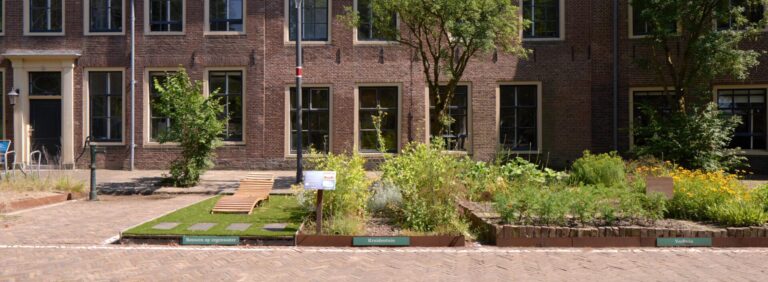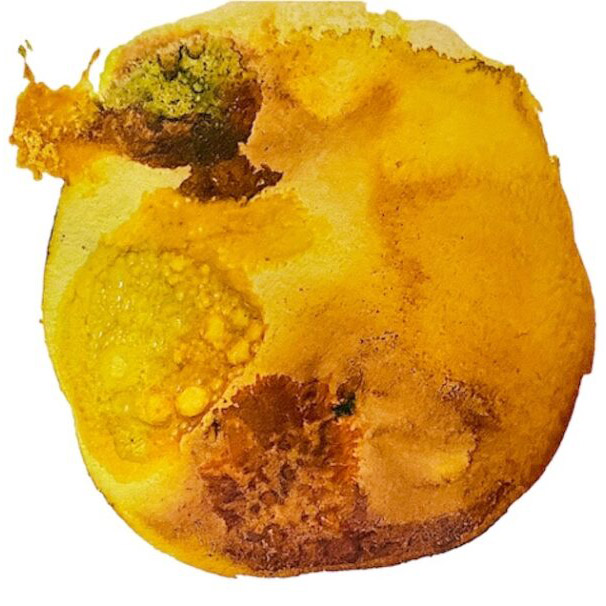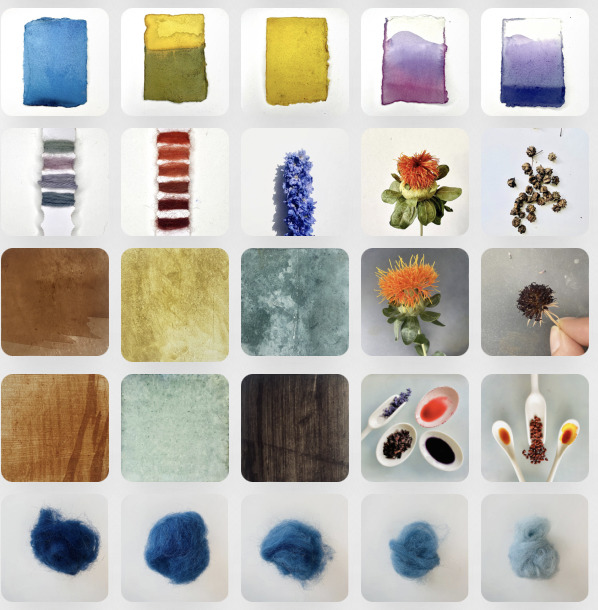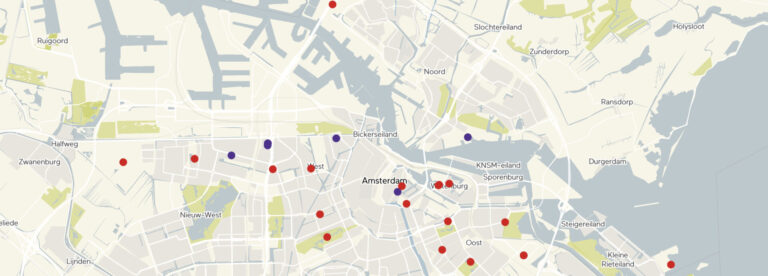What if the city itself became a productive landscape? Imagine the green strip beside the bicycle lane producing beautiful bright blue, or the plants on the roundabout vibrant yellow and deep dark purple. Could Amsterdam become one of the first cities to demonstrate sustainable urban farming for textile dyeing? Could urban public green support new forms of productive sustainable practices?
Amsterdam is known for its commitment to sustainable urban design with increasing greenery as one of the objectives. What steps are needed to shift beyond traditional urban green utilisation and explore multifunctional purposes – areas that support social well-being, health, climate adaptation, biodiversity, and the production of sustainable local resources all at once?
Cultivating dye plants within the city can generate many opportunities for value creation. Awareness can be raised about sustainable textile dyeing through educational programs, local communities can be linked and connected through hands-on learning experiences about natural dyeing processes, and local makers can be facilitated and supported by providing a local source of natural dye matter.





